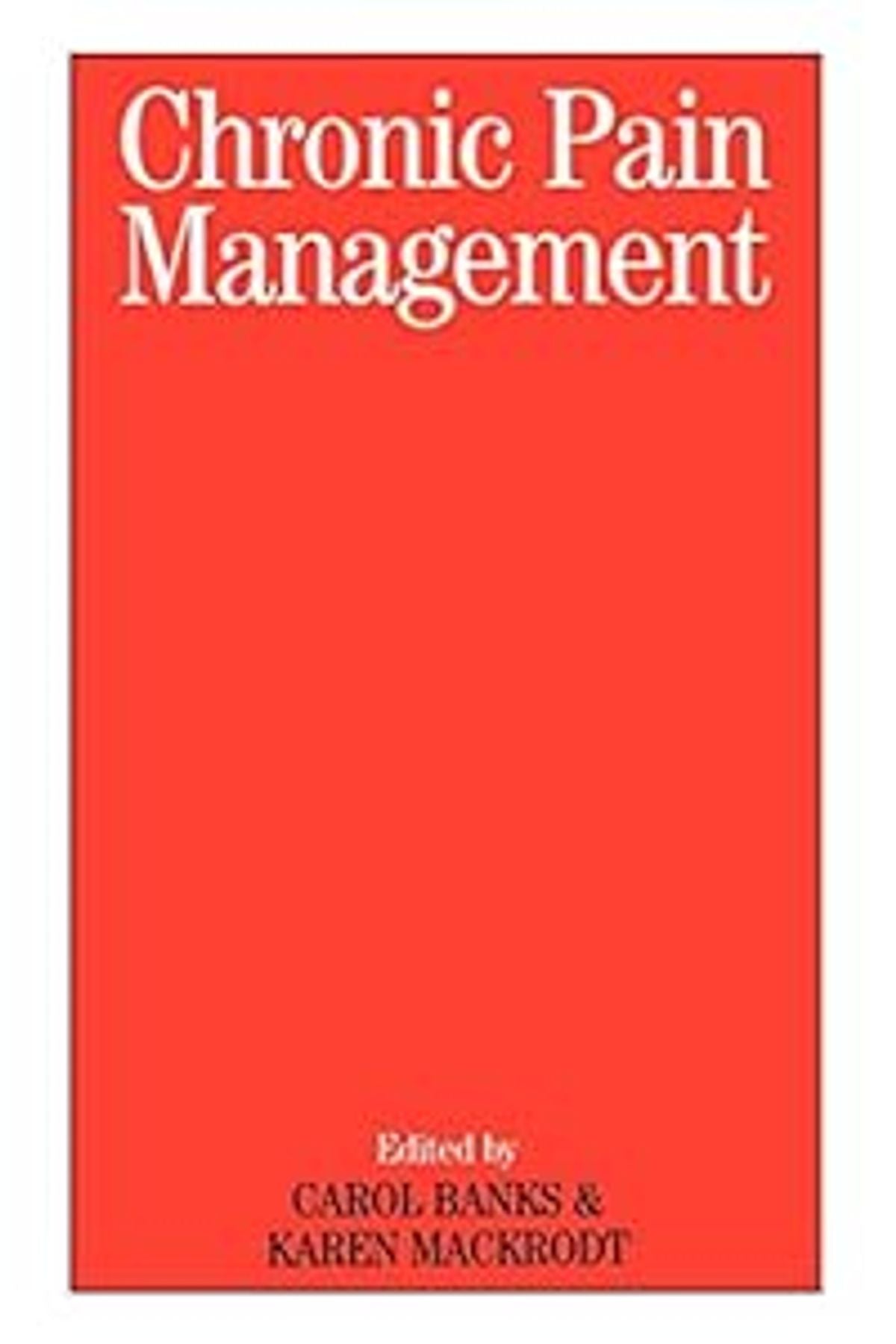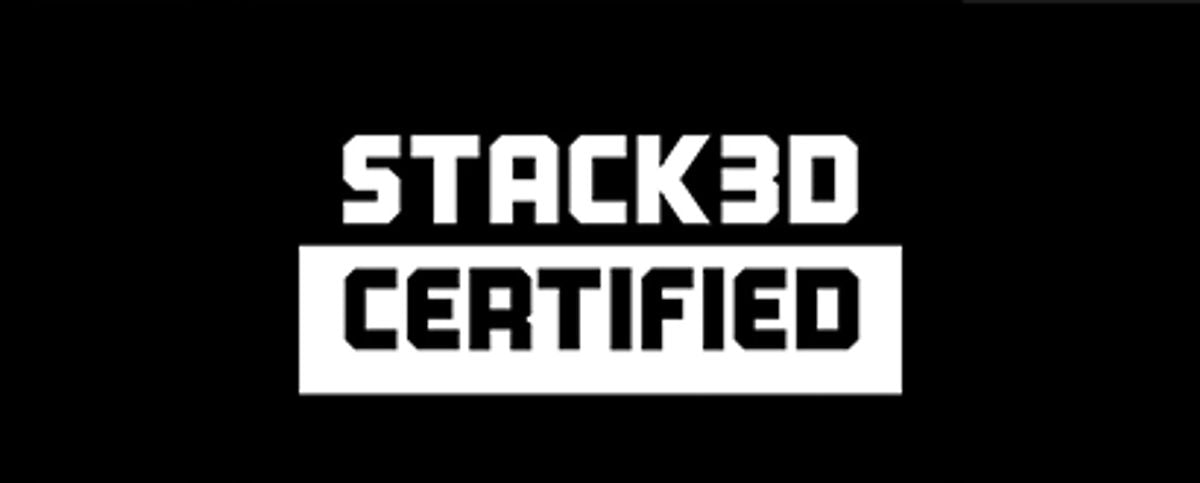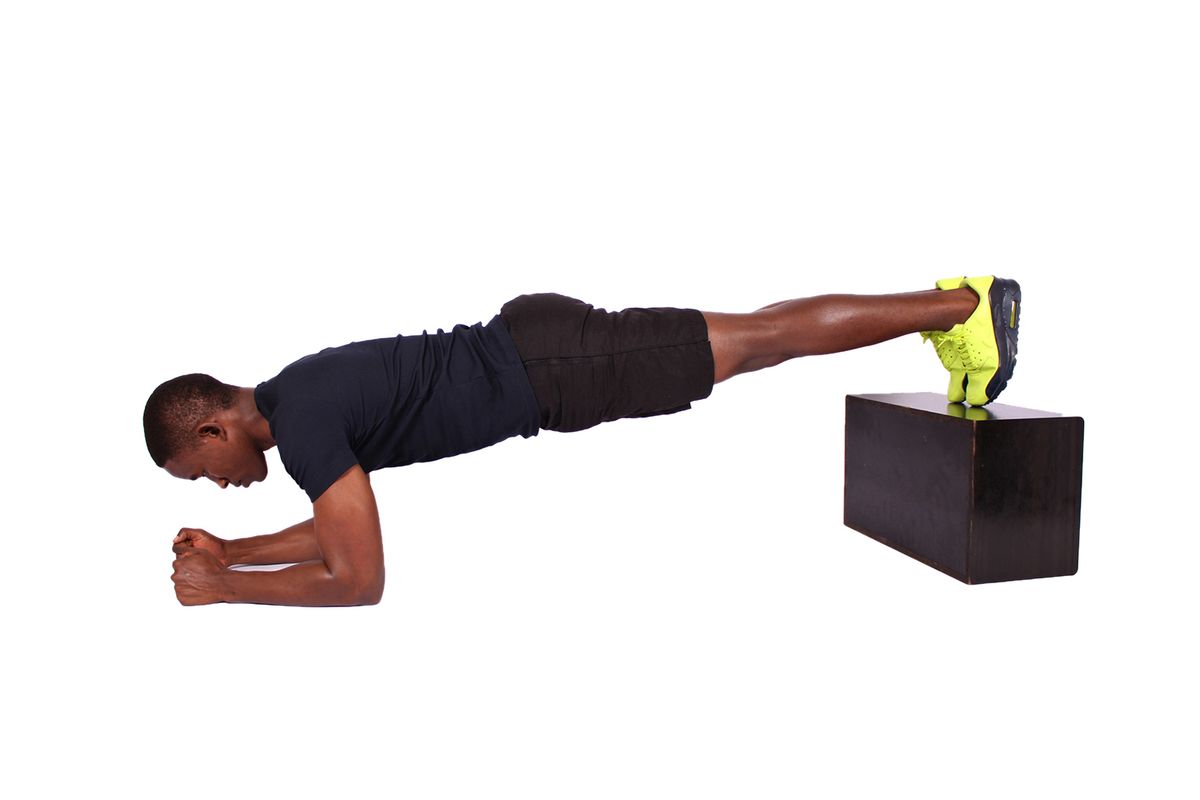
Effective Strategies to Manage Pain: Tips and Techniques
Understanding Pain: More Than Just a Feeling

The Science of Pain: How It Works
Ever wonder why a stubbed toe can make you jump and shout? It's all about the nervous system. When you hurt yourself, pain signals zip from the injury site to your brain, telling it to yell 'ouch!' Pain is actually a crucial alarm system that helps protect you from further harm.
- Pain receptors detect damage.
- Signals travel through nerves to the spinal cord.
- The brain interprets these signals as pain.
Pain isn't just a simple message saying 'something's wrong here!' It's a complex experience influenced by your emotions, environment, and even past experiences. So, when you're dealing with pain, remember it's a sophisticated warning system that's on your side, even if it doesn't feel like it.
Understanding pain is the first step to managing it. Whether it's a chronic ache or a sudden sharp twinge, getting to grips with the mechanics behind it can help you figure out the best way to handle it.
Different Types of Pain and What They Mean
Pain isn't just a single sensation; it's a complex experience that varies greatly from person to person. Understanding the different types of pain is crucial for finding the most effective treatment strategies.
- Acute pain is like a loud alarm bell in your body, often a response to injury or surgery, telling you that something's wrong.
- Chronic pain, on the other hand, is more like a persistent background noise that can last for months or even years, often without a clear cause.
- Neuropathic pain arises from nerve damage, sending false signals to your brain that are interpreted as pain.
Remember, the type of pain you're experiencing can give clues about the underlying issue and guide you towards the right form of management.
Each type of pain requires a different approach. For instance, while rest might alleviate acute pain, chronic pain might benefit from a combination of medication, physical therapy, and lifestyle changes. Identifying your pain type is the first step towards a tailored pain management plan.
The Mind-Body Connection: Psychological Aspects of Pain
Ever noticed how stress can make your muscles tense up and ache? That's the mind-body connection at work. Pain isn't just a physical sensation; it's deeply intertwined with our emotions and mental state. For instance, anxiety can amplify pain, while a positive outlook might dull it.
Chronic pain sufferers often find relief through techniques that address both mind and body. Here's a quick rundown of strategies that can help:
- Cognitive-behavioral therapy (CBT) to reframe negative thoughts
- Relaxation techniques like deep breathing or progressive muscle relaxation
- Biofeedback to gain control over certain bodily functions
Remember, managing pain is as much about nurturing your mind as it is about treating your body. A holistic approach can lead to better outcomes and improved overall well-being.
Natural Pain Relief: Harnessing Your Body's Own Resources

The Power of Movement: Exercise and Pain Management
Ever noticed how you feel a bit better after a brisk walk or a gentle stretch? That's no coincidence. Exercise can be a powerful tool in managing pain, especially when it's part of a regular routine. It's all about getting those endorphins flowing, which are our body's natural painkillers.
Movement isn't just about high-intensity workouts; it's about finding the right balance that works for your body. Here's a quick rundown of exercises that can help ease pain:
- Low-impact aerobic activities like swimming or cycling
- Strength training to support and protect joints
- Flexibility exercises such as yoga or tai chi
- Balance exercises to prevent falls and injuries
Remember, the goal is to stay active within your own limits. Start slow and gradually increase the intensity and duration of your workouts.
Consulting with a physical therapist or a fitness expert can help tailor an exercise plan to your specific needs. They can guide you on how to move correctly to avoid further injury and maximize pain relief. So, lace up those sneakers and take a step towards a less painful life!
Mindfulness and Meditation: Easing Pain Without Pills
Ever thought you could meditate your pain away? It might sound like a stretch, but mindfulness and meditation are actually powerful tools for managing pain. By focusing on the present moment and becoming more aware of your body and thoughts, you can significantly reduce the sensation of pain.
Mindfulness can change the way your brain perceives pain. Regular practice can help you develop a more accepting attitude towards your pain, which paradoxically, can lessen its grip on you.
- Start with just 5 minutes a day, and gradually increase your time.
- Find a quiet space where you won't be disturbed.
- Focus on your breath, and gently bring your attention back when your mind wanders.
Remember, the goal isn't to clear your mind or escape from pain, but to become more attuned to your body's signals without judgment.
While it's not a magic bullet, incorporating mindfulness into your daily routine can be a game-changer for chronic pain sufferers. It's all about taking control back from your pain and not letting it dominate your life.
Diet and Nutrition: Foods That Fight Pain
When it comes to managing pain, what you put on your plate can be just as important as the medicine in your cabinet. Certain foods have anti-inflammatory properties that can help reduce pain. It's not about a single superfood, but a balanced diet that supports overall health.
Omega-3 fatty acids, found in fish like salmon and mackerel, are champions in the fight against inflammation. Incorporating these into your meals can make a significant difference. Here's a quick list of pain-fighting foods to consider adding to your diet:
- Ginger
- Turmeric
- Leafy greens
- Berries
- Nuts and seeds
Remember, consistency is key. A single healthy meal won't make a huge difference, but a sustained dietary shift can transform how your body handles pain.
While no food can cure pain outright, a strategic diet can complement other pain management techniques, making them more effective. It's about creating a synergy between all aspects of your lifestyle to promote better health and pain relief.
Medical Interventions: When to Consider Professional Help

Over-the-Counter Solutions: What Works and What Doesn't
Navigating the aisle of over-the-counter (OTC) pain relievers can be a headache in itself. With so many options, it's crucial to know what's effective for your particular pain. Ibuprofen and acetaminophen are go-to choices for a reason; they're generally effective for mild to moderate pain and have a well-established safety profile when used as directed.
However, not all pain is created equal, and neither are all OTC solutions. For instance, topical creams and patches may offer relief for localized muscle or joint pain, but they might not be as effective for headaches or abdominal pain. Here's a quick rundown of common OTC pain relievers:
- Ibuprofen: Good for inflammation, muscle aches, and fever reduction.
- Acetaminophen: Effective for headaches and reducing fever, but not inflammation.
- Aspirin: Helps with inflammation and blood thinning, but not recommended for everyone.
- Naproxen: Similar to ibuprofen with longer-lasting effects.
Remember, OTC medications can interact with other drugs and have side effects, especially with long-term use. It's important to read labels and, when in doubt, consult with a healthcare professional.
While OTC medications can be a convenient and quick fix, they're not a one-size-fits-all solution. It's essential to consider the type of pain you're experiencing and any underlying health conditions before making a choice. And remember, if pain persists, it's time to see a doctor.
Prescription Painkillers: Risks and Benefits
When it comes to managing pain, prescription painkillers can be a double-edged sword. On one hand, they offer significant relief for those suffering from moderate to severe pain, especially when other treatments have failed. But it's crucial to use them responsibly to avoid the risks of addiction and other side effects.
Opioids, a common type of prescription painkiller, can be particularly effective but also carry a high risk of dependency. It's important to weigh the pros and cons with your healthcare provider to determine if they're the right choice for you.
-
**Benefits: **
- Powerful pain relief
- Improved quality of life for chronic pain sufferers
- Can be tailored to individual pain management needs
-
**Risks: **
- Potential for addiction and abuse
- Side effects such as drowsiness, constipation, and nausea
- Increased tolerance leading to higher doses over time
Remember, the goal is to manage your pain in a way that allows you to live your life to the fullest, without being overshadowed by the medication you take to feel better.
Alternative Therapies: Acupuncture, Massage, and Beyond
When the usual painkillers are not an option or you're looking for complementary treatments, alternative therapies can offer relief with fewer side effects. Acupuncture and massage therapy have been used for centuries to alleviate pain. These therapies work by stimulating the body's own healing processes.
Acupuncture, in particular, is known for its ability to target specific points in the body to reduce pain and promote relaxation. Massage therapy, on the other hand, can help to release muscle tension and improve circulation, which may contribute to pain reduction.
Remember, the effectiveness of alternative therapies can vary from person to person. It's important to find a qualified practitioner and discuss your pain management goals.
Other alternative therapies include:
- Chiropractic adjustments
- Osteopathy
- Reflexology
- Aromatherapy
While these treatments can be beneficial, it's crucial to consider them as part of a broader pain management strategy. Always consult with your healthcare provider before starting any new treatment.
Lifestyle Tweaks: Small Changes, Big Impact

Sleep and Pain: Finding Relief Through Rest
We've all been there—tossing and turning, trying to find that sweet spot on the pillow while a nagging pain makes a good night's sleep seem like a distant dream. But here's the thing: sleep is a critical ally in the battle against pain. It's during those precious hours of shut-eye that our bodies go into repair mode, healing and rejuvenating tired muscles and frayed nerves.
Quality sleep can be elusive when you're in discomfort, but it's not out of reach. Here are a few tips to help you cozy up to Morpheus, even when pain tries to crash the party:
- Establish a regular sleep schedule to set your body's internal clock.
- Create a restful environment—think cool, dark, and quiet.
- Avoid caffeine and heavy meals before bedtime.
Remember, a well-rested body is better equipped to manage pain. Prioritizing sleep isn't just about feeling rested—it's about giving your body the downtime it needs to fight the good fight against pain.
If you're still counting sheep after these tweaks, it might be time to chat with a healthcare professional. They can help pinpoint sleep disruptors you might not have considered, like sleep apnea or restless leg syndrome. Don't let pain rob you of restorative zzz's—take back the night and wake up ready to take on the day.
Stress Management: Keeping Pain at Bay
Managing stress is a crucial component in the fight against pain. Chronic stress can exacerbate pain, making it more intense and harder to control. By finding ways to reduce stress, you can potentially lessen the pain you experience.
Relaxation techniques such as deep breathing exercises, yoga, and guided imagery can be powerful tools in your stress management arsenal. Here's a simple list to get you started:
- Practice deep breathing for 5 minutes each day.
- Schedule regular yoga sessions, even if it's just once a week.
- Use guided imagery to visualize a peaceful and pain-free experience.
Remember, the goal isn't to eliminate stress completely—that's impossible. It's about managing it in a way that doesn't let it control your life or your pain.
Finding the right balance between activity and relaxation is key. Too much stress can be harmful, but so can too little stimulation. Engage in activities that bring you joy and provide a sense of accomplishment. This balance can help keep both your mind and body in better shape to tackle pain.
The Role of Hydration and Pain Perception
Staying hydrated might seem like a no-brainer for overall health, but did you know it can also affect how you perceive pain? That's right, your hydration status can play a role in pain management. When your body is dehydrated, tissues can become more sensitive to pain stimuli, making that ache feel even worse.
Drinking enough water is a simple yet effective way to help keep pain in check. It's not just about quenching your thirst; it's about maintaining the fluid balance that your nerves and muscles need to function smoothly. Here's a quick rundown of how proper hydration can help:
- It ensures nutrients are delivered to your cells, keeping them healthy and reducing pain sensitivity.
- It helps to flush out toxins that might contribute to inflammation and pain.
- It maintains joint lubrication, which can prevent the discomfort of stiff or sore joints.
Remember, while hydration isn't a cure-all, it's an important piece of the pain management puzzle. Make sure you're sipping on water throughout the day to give your body the best chance at handling pain effectively.
Staying Ahead of Pain: Prevention and Maintenance

Regular Check-Ups and Pain Assessment
Keeping tabs on your pain might not sound like a blast, but it's crucial for nipping potential issues in the bud. Regular check-ups with your healthcare provider can help track your pain's progress, identify any new concerns, and adjust your management plan as needed. Think of it as your personal pain diary, but with professional insights.
Assessment tools vary, but they often include questionnaires about your pain's intensity, location, and impact on daily life. Here's a quick rundown of what you might encounter:
- Pain scales: Rate your pain on a scale from 0 to 10.
- Pain maps: Show exactly where you hurt on a body diagram.
- Activity logs: Keep track of how pain affects your daily routines.
Remember, the goal of these assessments isn't just to measure pain — it's to improve your quality of life by tailoring your treatment plan.
Staying proactive with your pain management can make all the difference. So, book those appointments and keep the communication lines open with your healthcare team. It's your journey, but you don't have to travel it alone.
Building a Pain Management Plan: Tips from Experts
Crafting a personalized pain management plan can be a game-changer. Experts recommend starting with a thorough assessment of your pain to tailor strategies that work best for you. It's not just about popping pills; it's about a holistic approach that addresses all facets of your well-being.
Consistency is key when it comes to managing pain. Here's a simple list to get you started on your plan:
- Identify your pain triggers and patterns
- Set realistic goals for pain reduction and activity
- Choose activities that you enjoy and can do regularly
- Monitor your progress and adjust as needed
Remember, your plan should be flexible. Life throws curveballs, and your pain management should be able to adapt. Don't get discouraged if you need to tweak your plan along the way.
Finally, don't underestimate the power of support. Whether it's from family, friends, or a support group, having people to share your journey with can make all the difference.
Staying Active and Engaged to Prevent Chronic Pain
Maintaining an active lifestyle isn't just about keeping fit; it's a crucial strategy for warding off chronic pain. Regular physical activity can strengthen muscles, improve flexibility, and reduce the likelihood of pain becoming a constant companion in your life. But it's not just about hitting the gym; staying engaged in a variety of activities can keep both your body and mind sharp.
Engagement in hobbies, social activities, and learning new skills can serve as a distraction technique, taking your focus away from pain and channeling it into something positive and fulfilling. Here's a quick list of activities that can help:
- Yoga or Tai Chi for balance and flexibility
- Swimming for low-impact full-body exercise
- Book clubs or educational classes for mental stimulation
- Volunteering for a sense of purpose and community connection
Remember, the goal is to find activities that you enjoy and that naturally integrate into your lifestyle. This way, staying active becomes a part of your routine, not a chore.
By incorporating these elements into your daily life, you can create a buffer against the onset of chronic pain. It's about creating a balance that supports both physical and mental well-being, ensuring that you're not just living, but thriving.


